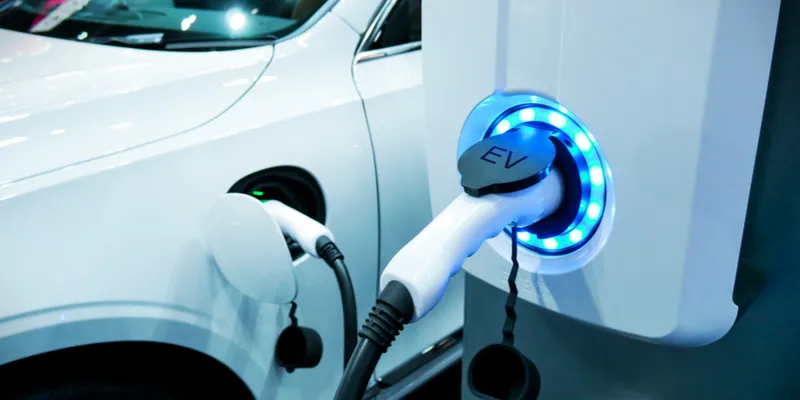Electric two-wheeler makers learning to survive without subsidy, FAME II not worked, says SMEV
As per SMEV data, sales of FAME II qualified electric two-wheelers in April-December 2019 period stood at 3,000 units as against 48,671 units in the year-ago period when FAME I was in place, a decline of 93.84 percent.
Mass segment electric two-wheeler makers are learning to "live without government support" as FAME II Scheme to promote electric mobility has not met its objective, according to industry body SMEV.
The Society of Manufacturers of Electric Vehicle (SMEV) said after getting a "shock" when FAME II was implemented from April 1, 2019, the industry has devised ways to keep afloat by selling low- to mid-speed vehicles, which don't qualify for incentives at a heavy discount but, incurring losses in the process.
"Industry got a big shock when FAME II started. People are now learning to survive without government assistance to some extent at least. The result of this is that subsidised vehicle sales have dropped drastically but, industry sales have not dropped," SMEV Director General Sohinder Gill told PTI.

Gill was responding to a query on the impact of FAME II on the electric two-wheeler market.
He added, "If it was only customer-incentivised vehicles (under FAME II), the industry would have totally collapsed."
As per SMEV data, sales of FAME II qualified electric two-wheelers in April-December 2019 period stood at 3,000 units as against 48,671 units in the year-ago period when FAME I was in place, a decline of 93.84 percent.
Further, as per industry estimates, non-subsidised electric two-wheeler sales stood at 49,000 units during the period as compared to around 10,000 units in the year-ago period.
"What happened was that many players came with alternate products and models and tried to make some business out of it. Prices of subsidised products have become very high so the industry had to resort again to bring mid- and entry-level products to get volumes with heavy discounts," he added.
Gill said many companies are now making more losses than earlier.
Expressing similar views, Hero Electric Managing Director Naveen Munjal said that technically one year has almost been "wiped out from our balance sheet", and the company is only going ahead as it makes senses "in the long run and the bigger scheme of things but, we are bleeding in the process".
Pointing out that FAME II hasn't met its objective, Gill said, "Market should have shifted towards higher speed and greater performance, which has not happened."
He added, "In the current avatar of FAME II, you will find volumes for incentivised electric two-wheelers very very low."
Gill, however, expressed optimism that from next year onwards, volumes will start coming back in a much better way not because of government incentives but, due to the business models that companies have pursued such as focussing on low- and mid-range models and B2B deliveries.
He said the government needs to rework on FAME II, especially eligibility criteria based on range and battery power while also relaxing localisation level, which will be 75 percent from March this year, up from 50 percent from March 1, 2019.
"Internal combustion engine vehicles, even after 40-50 years have not reached 75-80 percent localisation. So, in electric mobility they expect that 75 percent must be localised from March 1, 2020," Gill lamented.
He cautioned that if "FAME II is not reworked, the industry will bottom out".
"They will still get volumes but subsidised products will be very less. The market will continue to sell products, which are liked by customers in the low- and mid-speed range," he said.
(Edited by Suman Singh)








